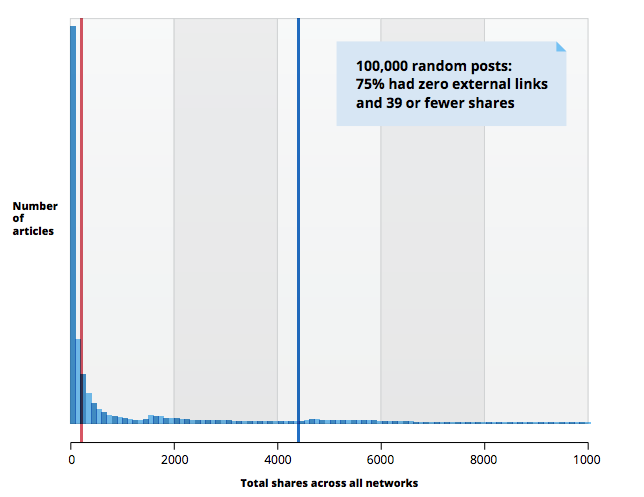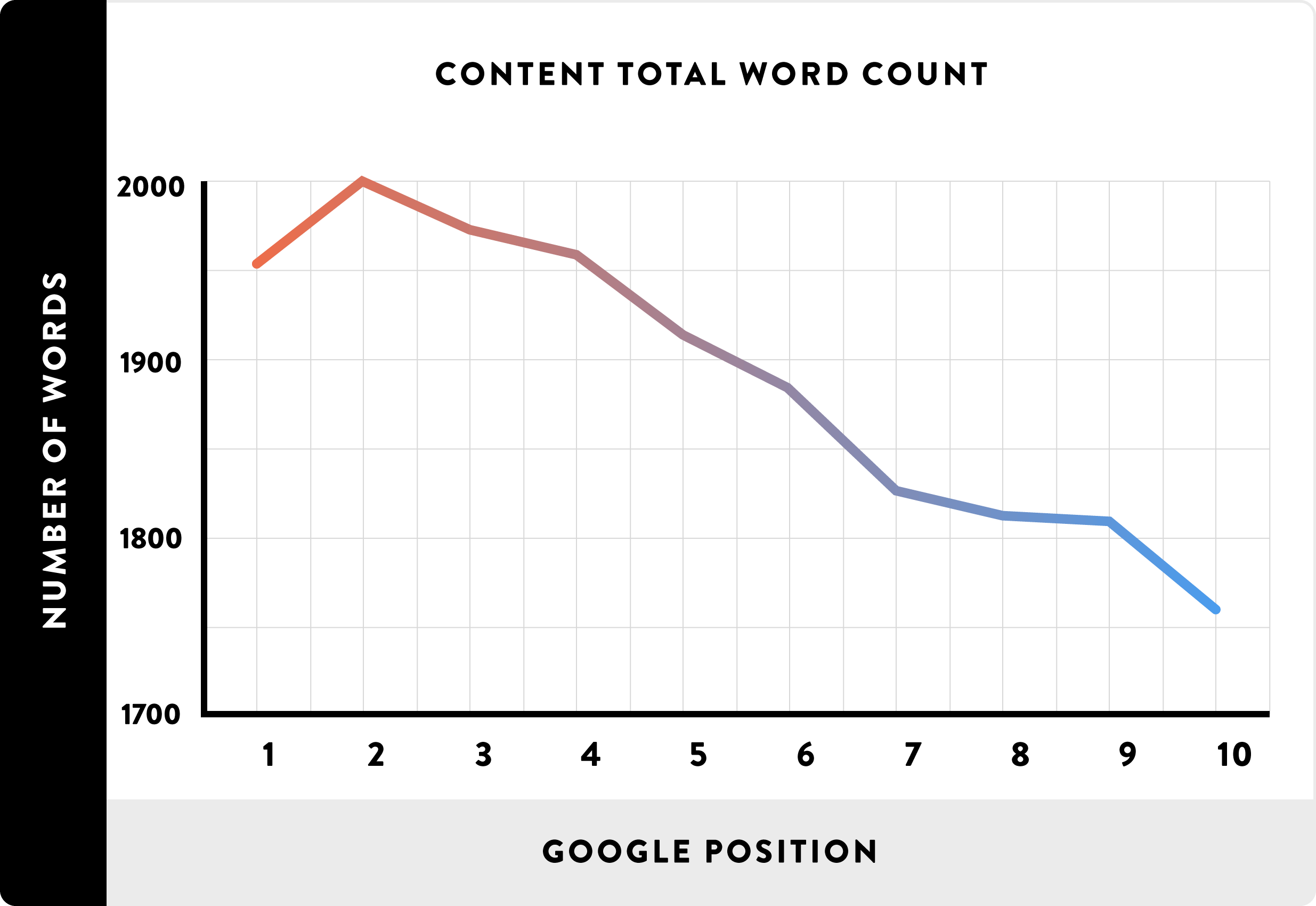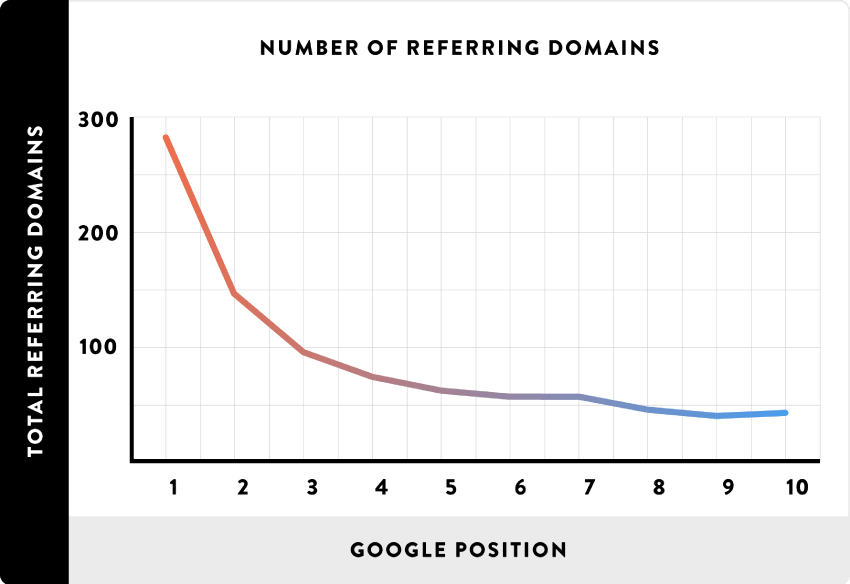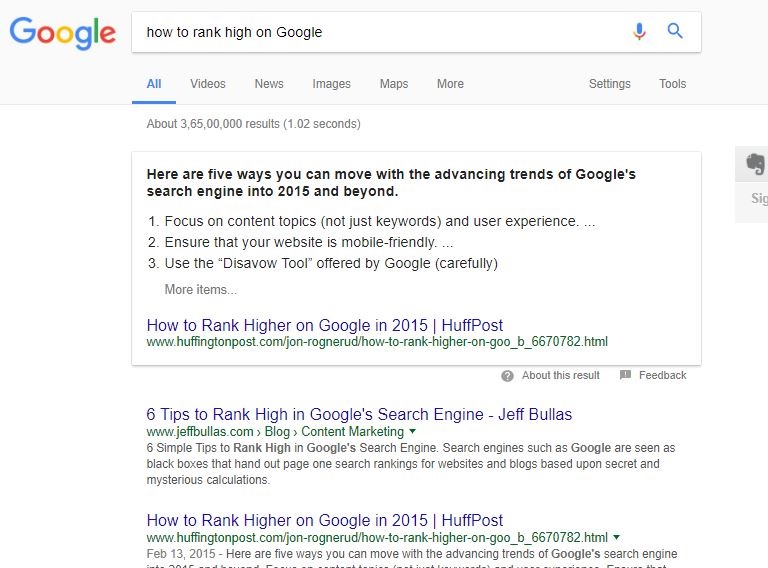SEO has always been baffling for people as the subject is vast, tricky and needs a lot of understanding to operate. Owing to these reasons there are a lot of misconceptions and invalidated SEO practices that’s being put to use now.
However, there are certain organizations and their websites who are keen on doing research in SEO and has always led people in the right path through their blogs and videos. Websites like Search Engine Land, Moz, SEMrush etc. are prime examples.
Let’s have a look at their most popular SEO based blogs this year and why were they propagated by people so much.
- Search Engine Land:
Search Engine Land is one of the leading publications that cover all aspects of the search marketing industry. Their blogs, news and articles cover latest updates for Search Engine Optimization (SEO). It is a collective of various authors like SEO specialists, marketers, content developers, etc. They strive to give various tips, strategies and opportunities regarding the subject.
Here is one of the most popular blogs by them. It talks about the 5 SEO mistakes that a blog makes and why a blog gets low rank even though the content is great. They are listed as unoptimized keyword structure, inconsistent internal links, poor page copy, unoptimized images and videos, and poor content promotion.
Source : 5 Easy to Miss SEO Mistakes Blogs Make
- Moz:
Started in 2004 at Seattle, Moz is an SEO consulting company that focuses on giving the community of readers various insights on search engine optimization and search engine marketing. It is a hub for education, various tools, and paid services
The blogs of Moz are written by industry professionals and others experts on search marketing. The following blog is written by Rand Fishkin. It talks about the 10 factors that do not affect Google ranking. It is an informative blog which removes the common misconceptions about Google ranking.
Source: 10 Things that Do Not (Directly) Affect Your Google Rankings
- Hubspot
Having numerous blogs and tools, Hubspot aims to give products with a personal touch. Some of its main focus areas are CRM, marketing and inbound sales. It has more than 34k customers.
The following blog lists information about how to search engine optimize blogs and its contents. The author talks about how you make your website more visible to your customers who search for keywords associated with your business on search engines.
Source : Blog SEO: How to Search Engine Optimize Your Blog Content
- Search Engine Land
Jessica Thompson’s write up about the crucial search engine ranking factors in 2017 is a well-ranked blog in Google. She lists the various factors based on the study conducted by SemRush. Not only does it say about it but how to put them into action. We suggest it as a must read if you are looking forward to increasing your website or blog ranking.
Source: SEO Ranking Factors in 2017: What’s Important and What’s Not
5. Snap Agency
Being a group of analytics nerds, creative extroverts, dedicated developers and charismatic business guys, Snap agency is a digital agency that’s keen on driving traffic to your websites with their well researched findings.
Snap agency has an active blog that lists many topics that helps you with digital marketing. The following blog is about how to forecast your Return on Investment (ROI) from SEO. These 4 methods are: estimate web traffic from SEO, estimate revenue from SEO, estimate profit from SEO, forecast the timeline for results from SEO.
Source: 4 Ways to Forecast Your ROI from SEO
- The Next Web
Found by Boris and Patrick ‘The next web’ is a start up that bloomed in a tech event hosted by them. Later it became a blog that dedicated itself to help search marketing and search engine optimization.
One of the most sought after blogs in this list is from the Next web. They have written about 5 proven SEO benefits of long-form content for marketers. As said in the blog the purpose of online content is to bring more potential customers to reach you so they can buy products or services from you.
Source: 5 Proven SEO Benefits of Long-form Content for Marketers
7. The Search Agency
Nowadays, blockchain is the latest buzzword in the technology space. Many industry experts say that it will disrupt the functioning of various sectors that include finance, real estate, Internet of Things (IoT), Entertainment industry, healthcare, and many more.
Here’s an interesting blog (by The Search Agency) on how blockchain technology will change online search, will Google and other search engines implement it in their search algorithms.
Source:- Blockchain Tech for SEO: How the Technology Behind Bitcoin Will Change Search
- SEMrush
SEMrush started in 2008 as a small group of SEO and IT specialists to make online competition fair and transparent, with equal opportunities for everyone.
Written by Andrea Lehr, this blog lists four ways in which keyword mapping can be done to improve the SEO and content strategies. It focuses on one of the essential ingredient in marketing campaigns – keywords. This is a must read for content writers as it shows how to get more traffic by the mere use of keywords.
Source: A Four-Step Guide on Keyword Mapping to Improve Your SEO and Content Strategy
- Mike Marko
He was born in Canada and is a marketing enthusiast. If you’re a beginner and interested in learning SEO just visit the website and check out the blog. I’m sure you’ll find something interesting
The blog is perfect for beginners as it covers almost all the aspects of beginning stage of SEO. However, the content is in the website as a video. Where the creator of the website Mike Marko explains what he has learned over the course of time.
Source: Search Engine Optimization Training – Introduction to SEO
- Hubspot
The blog ‘how to search engine optimize your blog content’ is written by Lindsay Kolowich. As the name suggest it gives you tips on how to write content that is optimized for search engine to find it. This is an interesting page sought after by many and has been shared a lot in Facebook. To summarize, it helps you master Google’s tricky algorithm updates.
Source: Blog SEO: How to Search Engine Optimize Your Blog Content
- Tom Johnston
Unlike the previous entries the following is a video by Tom Johnston. The video is about the biggest mistake franchises make in regards to SEO. Tom suggests that one should optimize and unite all the franchises so that no matter who is doing it everyone is mutually benefited. This is done by uniting the internet marketing campaigns. Tom is specializing in franchise SEO for national companies that have different franchises.
Source: Franchise SEO: The Biggest Mistake Franchises Make in Regards to SEO (Video)
12. Search Engine Journal
This site has a lot of blogs related to search marketing. The one which I mention here is the factors that affect the rank in organic search. It is based on the study made by SEMrush. The blog mentions various factors like direct website visits, bounce rate, HTTPS, anchor texts, keywords, videos, etc that affect the rank in search results.
Launched in 2003, it is a community that strives to give information and tips to improve search market content.
Source: Top 17 Organic Search Ranking Factors [STUDY]
- Maria Johnsen
In this blog Maria writes about how she recovered a hacked website and optimized if for search engines. The hacker had hacked her prospect’s website and used the space to sell his own products. This is an interesting read for people who have experienced hacking.
Maria’s professional background and education are diverse. She has great interest in management of complex Information Systems.
Source: How I Recovered A Hacked Website And Optimized It for Search Engines
- Neil Patel
Neil Patel is the co-founder of Crazy Egg and Hello Bar and is working with companies like Amazon, NBC, GM, HP and Viacom. He is one of the top influencers on the web.
This write up in Quick sprout features Neil Patel’s article about blogging. He aims to teach how to write a successful blog that reaches many people. If you are someone who is interested in writing blogs you are at the right place. Check out the write up to learn what is the right strategy to reach out through your blog.
Source: Neil Patel’s Guide to Blogging
- Lift Demand
Lift Demand mainly focus on training, marketing services and mentoring for US based companies. The company mostly deals with local marketing services and their strategies is said to have deep impact and reach.
This article by John Larsen talks about why on page optimization is important for search engine ranking. It aims to give a better understanding of the importance of on page optimization. He says that SEO is only one part of a complete set of best practices that is done to drive more traffic to your website.
Source: Why is Onpage Optimization Important to Search Engine Ranking
If you think your favorite blog is left out from our list you can it in the comments section below. We will update this list from time to time.





![11 Technical SEO Tips to Boost Your Site’s Rankings [Infographic]](https://wp.jointviews.com/wp-content/uploads/2017/11/info-ftr-img.jpg)




![5 Benefits of Featured Snippets in Google SERPs [Infographic]](https://wp.jointviews.com/wp-content/uploads/2017/09/jv-featured-img-info.jpg)




![How Unlimited Web Hosting Works Wonders on SEO [Infographic]](https://wp.jointviews.com/wp-content/uploads/2017/07/FEATURED-IMAGE.jpg)
